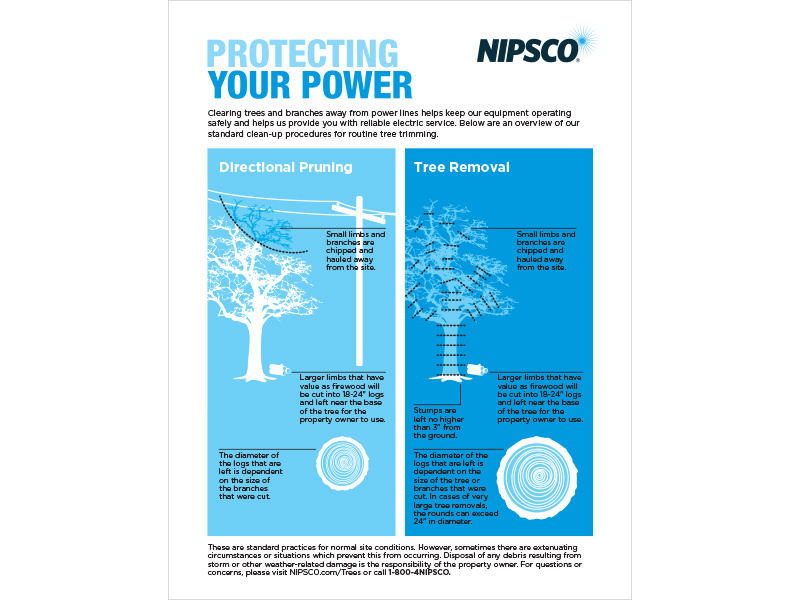Be On The Lookout For Essential Indicators That Suggest Your Tree Could Position A Threat; Understanding These Can Secure Your Home And Family.What Should You Keep An Eye On Next?
Be On The Lookout For Essential Indicators That Suggest Your Tree Could Position A Threat; Understanding These Can Secure Your Home And Family.What Should You Keep An Eye On Next?
Blog Article
Article Created By-Winther Hubbard
When it comes to tree treatment, recognizing the signs that it's time for removal is necessary for your security and residential or commercial property. You could discover stained fallen leaves, wilting branches, or odd fungal growths indicating health issue. Structural issues, like a considerable lean or splits in the trunk, can additionally present dangers. Comprehending these warning signs can help you make informed decisions about your trees and protect against possible risks prowling in your lawn. What should Tree And Bush Removal Near Me look for following?
Signs of Degeneration and Disease
When you notice indicators of degeneration and disease in your trees, it's critical to act quickly. Seek discolored leaves, wilting branches, or uncommon developments like fungus. Local Tree Removal Services can indicate that your tree is struggling.
If you see cracks in the bark or soft, mushy timber, these signs recommend internal degeneration. Furthermore, a sudden boost in bugs around your tree can indicate that it's compromised and at risk.
Check for any kind of dead or dying limbs, as they position a risk to your residential or commercial property and safety. If you're uncertain regarding what you see, consulting an arborist can provide quality.
Addressing these indications early can conserve you from much more comprehensive damages and make certain the wellness of your lawn. Do not wait till it's too late.
Structural Instability and Leaning
As you observe your trees, watch out for any signs of architectural instability or leaning. If a tree leans considerably, it may suggest that the root system is endangered.
Try to find any type of cracks in the trunk or dirt around the base; these can signify possible failure. Additionally, check for uncommon development patterns, like a lopsided crown, which might recommend that the tree is battling to hold itself upright.
If you observe that the tree leans toward your home, high-voltage line, or other structures, it postures a higher danger. Do not neglect these indications-- consult an arborist to evaluate the circumstance.
Doing something about it early can prevent costly damages and guarantee your safety and security.
Dead or Perishing Branches and Vegetation
If you see dead or passing away branches and foliage on your tree, it's a clear sign that something's wrong.
These harmful locations can suggest underlying problems like illness, pest invasions, or environmental tension. When branches lose their fallen leaves or turn brownish, they're no more adding to the tree's wellness. Disregarding these indications might lead to additional decline, making your tree much more hazardous.
Dead branches can quickly break short during storms, posturing a threat to residential or commercial property and individuals nearby. It's crucial to examine the degree of the damage.
If the problem impacts a considerable part of the tree, think about consulting an expert. They can aid identify if elimination is needed to ensure security and maintain the appeal of your landscape.
Final thought
If you discover any type of signs of decay, structural instability, or dead branches on your trees, do not neglect them. These indications can present serious safety and security threats to you and your residential property. It's constantly best to get in touch with a specialist arborist who can provide an expert analysis of your trees. Acting early can protect against crashes and costly damage, guaranteeing your landscape continues to be safe and healthy. Remember, it's better to be proactive about tree treatment than to wait on a calamity to happen.
